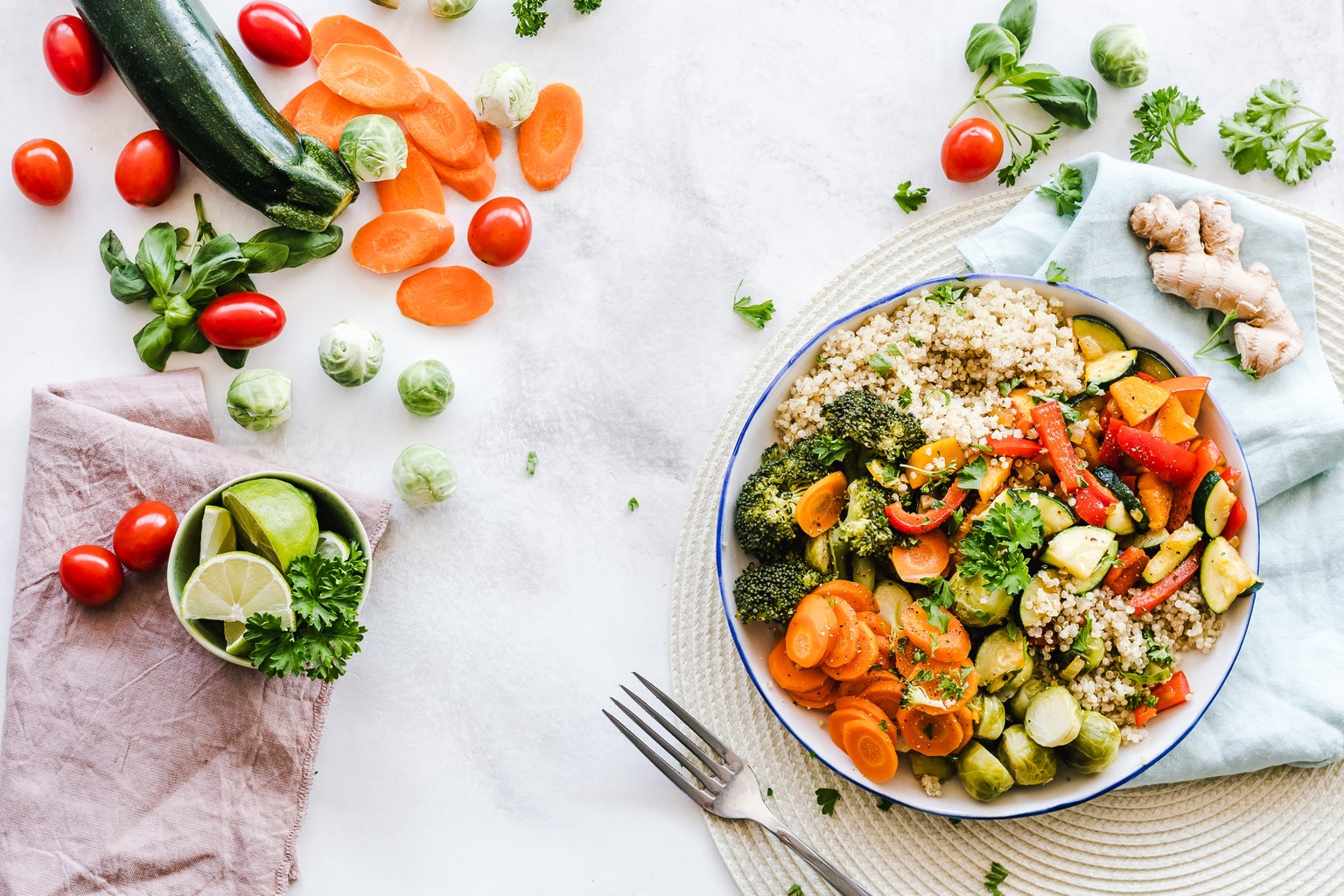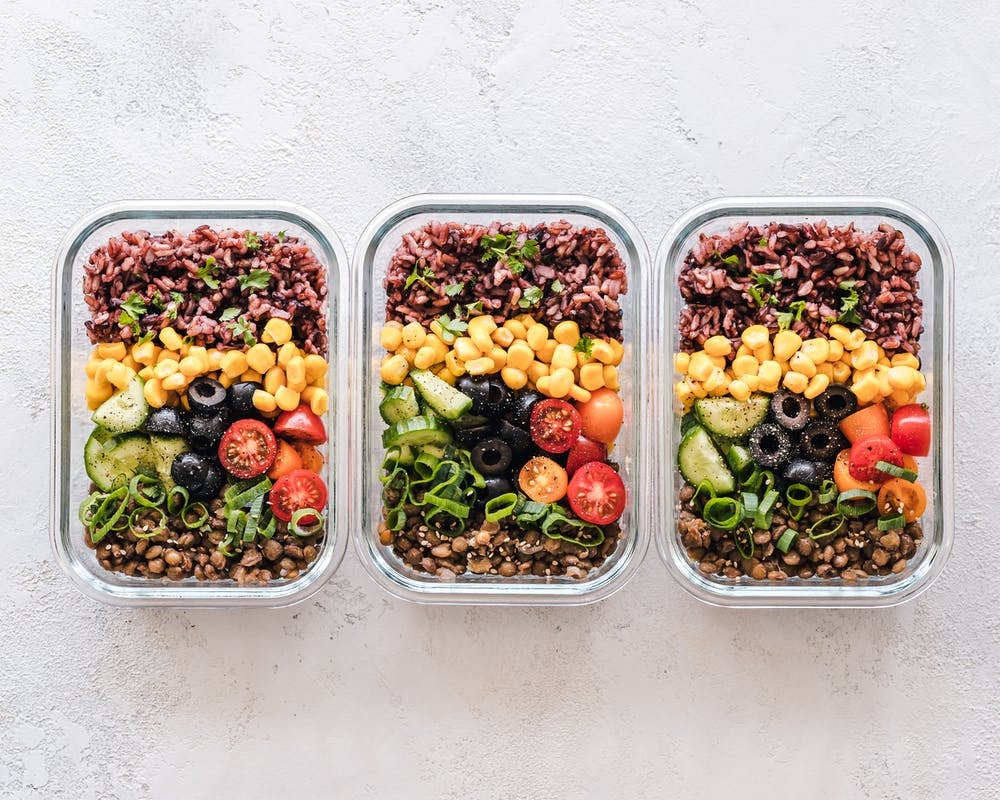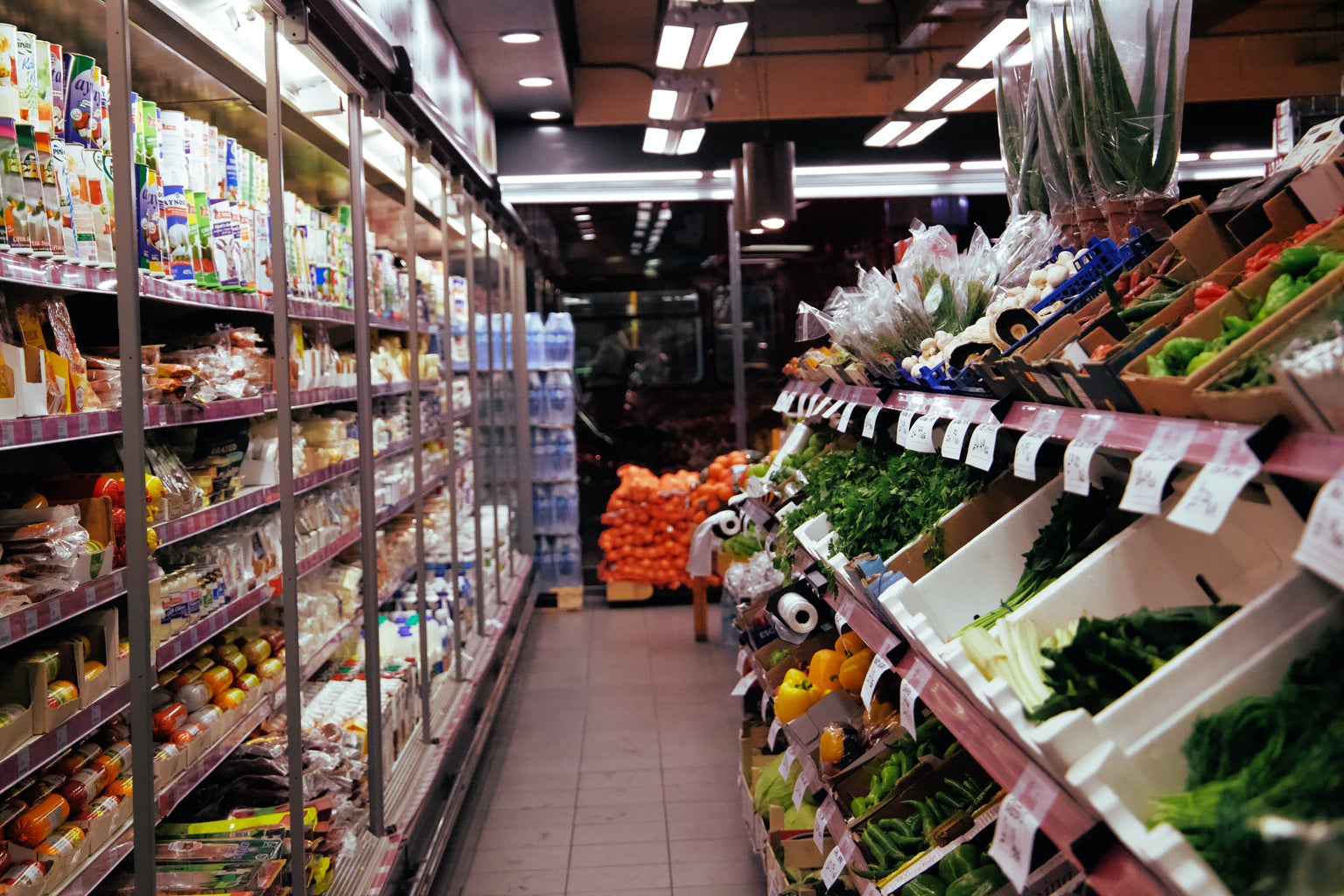By itself, a strictly gluten-free diet is challenging. If you add living away from home, having limited access to your “safe foods,” and the stress of a college workload, feeding yourself can feel overwhelming. As someone who started eating gluten-free as a young adult, navigating the gluten-free diet has been frustrating at times and rewarding at others (though it took a while). While living on the University of Connecticut’s Storrs campus for the past year and a half, I have compiled my favorite hacks, meals, and tips for ensuring a GF-friendly experience at UConn.
what is celiac disease & what is a gluten-free diet?
For those who are fortunate enough to have never eaten gluten-free bread, and who may be unfamiliar with what a gluten-free diet entails, allow me to define terms. Gluten is a protein found in the wheat plant as well as other grain plants. Gluten itself is not an ingredient, it is the protein in plants and foods that causes the immune reaction known as celiac disease. As there is currently no cure for celiac disease, eating a strictly gluten-free diet is the only treatment. A gluten-free diet consists of avoiding all foods that may contain gluten (this includes pasta, bread, cereal, etc.).
The level at which someone is affected by consuming gluten varies. The most extreme case of affectedness is celiac disease. Celiac disease is an illness caused by an immune reaction to eating gluten. Individuals with celiac not only avoid directly consuming gluten, but also avoid indirectly consuming gluten by taking preventative measures to avoid cross-contamination; this is the reason for designated gluten-free microwaves, toasters, and preparation spaces. Others experience NCGS, non-celiac gluten sensitivity, or gluten intolerance. Though the reactions to consuming gluten may be less extreme at these levels, the effects still urge these individuals to follow a gluten-free diet.
gluten-free dining hall hacks
1. THE GLUTEN-FREE FRIDGE IS YOUR OYSTER
In all eight of UConn’s dining halls, there is a designated section that holds gluten-free foods for students. Rather than eating the two or three GF options from the ready-to-eat sections, the gluten-free fridge has many options for you to get creative with. You may know about gluten-free bagels or cupcakes, but my favorite hack is using the gluten-free tortillas to make a wrap using other ingredients in the dining hall. For this reason, a meal plan is totally worth it, even for someone eating a gluten-free diet.
2. WHEN IN DOUBT, STICK TO THE BASICS
Like other universities, UConn rotates its meals regularly. This means that on some days I have five gluten-free meal options, and on other days I only have one option. On those few, but sad days, I like to stick with a meal I can assemble using miscellaneous foods in the dining hall. For me, this is often a serving of rice with a side of veggies. Find those basics in your dining hall(s) to know what your options are, even on days with little to no gluten-free options.
3. KNOW WHich sneaky gluten-FOODS TO AVOID
If you are just starting out on a gluten-free diet, it can be difficult to know which foods are safe. To avoid any seemingly undetectable traces of gluten, avoid fried rice (soy sauce contains gluten), Rice Krispies Treats (which contain malt syrup), French fries (they share a frier with gluten-containing foods such as breaded chicken), and some candies (wheat starch is often used to prevent stickiness of gummy candies).
4. ALWAYS BRING YOUR OWN SNACKS
Even when you’re not in the dining hall (having a long day of classes, in a meeting, or at work), I advise you to always bring your own snacks when you think you will want them. Eating a gluten-free diet limits the common snack pool by more than half. I have been eating gluten-free for three years, and I am still mourning the absence of Goldfish in my life. Regardless of any promises made about there being GF snacks present, do not risk going hungry or getting “gluten-ed” (accidentally eating gluten), be safe and bring your own certified gluten-free snacks.
UCONN MEAL SPOTLIGHT
One meal I will never turn down is a “Crazy Veggie” on a gluten-free wrap from Gansett Wraps in downtown Storrs. Not only is this a certified gluten-free option, but it is a satisfying one. This wrap does not “taste gluten-free,” it is guilt-free and delicious. Gansett Wraps asks you to specify whether you are ordering for a gluten sensitivity or preference, which gives you peace of mind while enjoying your food. If you ever find yourself hungry in downtown Storrs, Gansett Wraps will not disappoint you.
REFLECTION
Whether you are just starting to eat gluten-free or have always eaten gluten-free, this diet can be extremely challenging and frustrating at times. It can take several weeks or months to find what works for you at your level of gluten sensitivity. Even after years of eating gluten-free, I learn new things all the time, which help me become a smarter gluten-free consumer. There is no reason you need to learn everything on your own. Seek out online communities, friends, and family who may eat gluten-free, and reference videos to guide your gluten-free journey. Be patient with yourself and experiment with new gluten-free foods and restaurants when you can!






